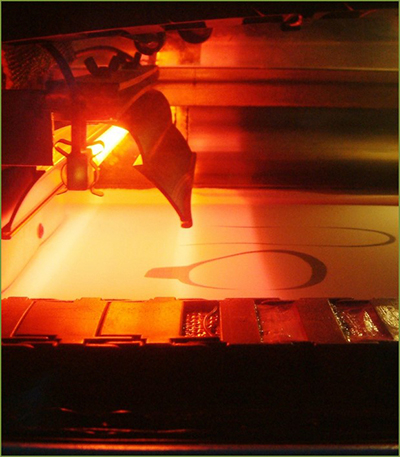The study was published in the journal “Vestnik PNRPU. Aerospace Engineering”, 2022.
The main idea of the PNRPU scientists was the creation of a tool that will quickly and qualitatively simulate the process of laser powder surfacing and minimize final warping during repair work.
—It is very difficult to predict the behavior of products at high temperatures without calculations. Especially if these are small-sized and thin-walled products. The resulting defects can finally turn the repaired part into a defective one. Therefore, we proposed to use numerical simulation for preliminary prediction of the process parameters. Thanks to this method, it will be possible to carry out calculations before repair technological operations and to evaluate warpage. “Our development will make it possible to predict the behavior of a part during the surfacing process, which will reduce defects during repairs,” said Marat Bekmansurov, postgraduate student of the Department of Applied Mathematics, Mechanics and Biomechanics of PNRPU.
The researches calibrated the model using experimental cylindrical test-pieces and the results of measuring the temperature pattern. The results helped to solve the mechanical problem with the determination of the stress and deformation field, both in the deposited material and in the body of the repaired part. The scientists carried out the warping modeling by dividing the deposited part into welds. Each weld was divided into smaller elements in order to simulate the process as close to reality as possible.
Comparison of the simulation results with the results of real laser powder surfacing confirmed the correctness of the developed model. The calculations showed sufficient computational accuracy with minimal time costs. That will allow to use the model in real production.


